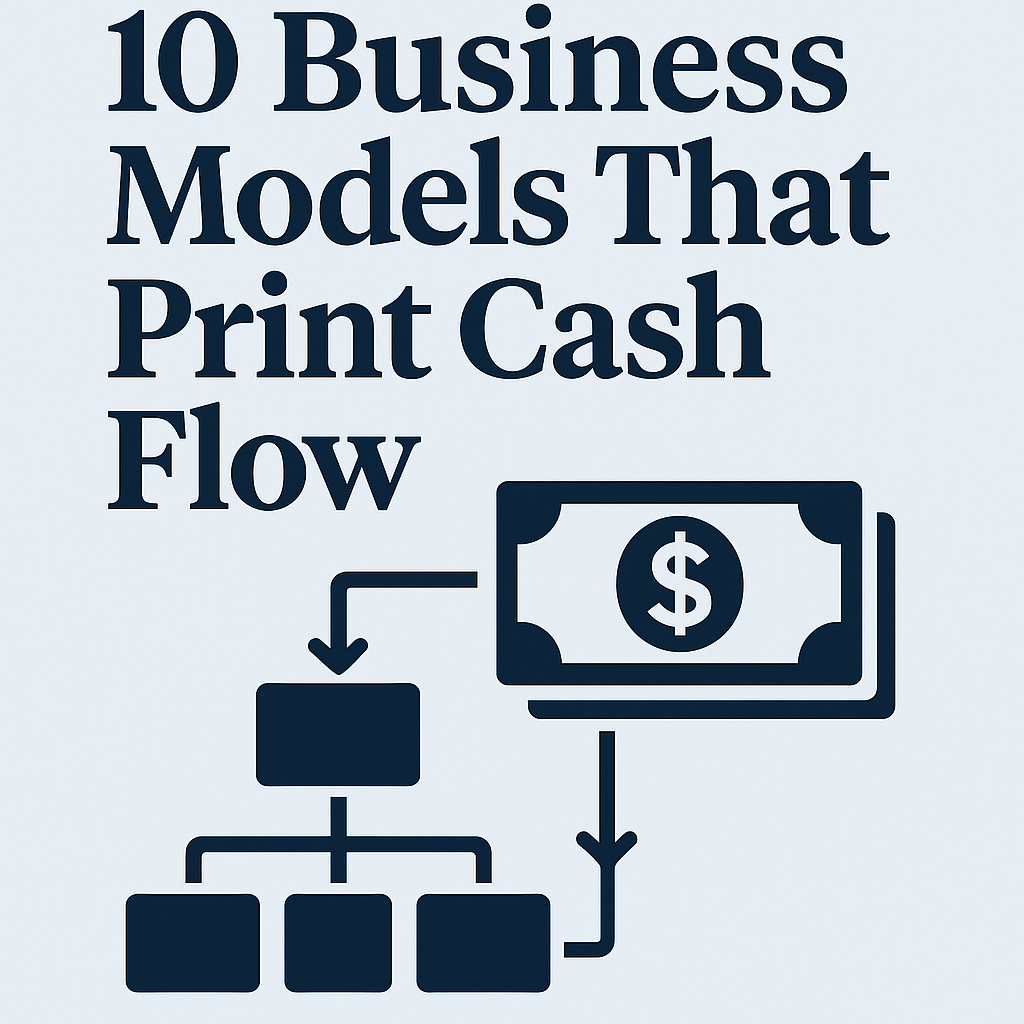Every great business — from your local coffee shop to Apple — started with a plan.
But most entrepreneurs get it wrong: they write long, complicated business plans that never get used.
The truth is, a good business plan doesn’t need to be 50 pages of jargon.
It needs to be clear, actionable, and built for real-world execution.
Here’s how to write a business plan that actually works — one you’ll use, not just file away.
1. Start with a Simple Structure
Before diving into numbers and strategy, outline your plan clearly.
A great business plan answers five core questions:
- Who are you? (Business identity & mission)
- What do you offer? (Product/service)
- Who do you serve? (Target market)
- How will you make money? (Business model)
- What’s next? (Goals & execution steps)
🧩 Pro tip: Start with a one-page “lean plan” — you can always expand it later.
2. Define Your Mission and Vision
This is your why. Investors, employees, and even customers connect with it.
Mission statement: Defines what your business does and who it serves.
“We help small businesses automate their finances through easy-to-use software.”
Vision statement: Paints the big picture of where you’re heading.
“To become the leading financial automation platform for entrepreneurs worldwide.”
💡 Keep it authentic and future-focused — not generic.
3. Identify Your Target Audience
You can’t sell to everyone.
Defining your ideal customer helps you focus your marketing and pricing strategy.
Ask yourself:
- Who has the problem I’m solving?
- What are their demographics, habits, and frustrations?
- Where do they spend time online or offline?
🎯 Example:
If you’re launching a productivity app, your audience might be remote professionals aged 25–40 who value efficiency and minimal design.
(Related: 10 Business Models That Print Cash Flow)
4. Describe Your Product or Service Clearly
You’d be surprised how many founders can’t explain what they sell in one sentence.
Your product description should answer:
✅ What problem does it solve?
✅ What makes it different from competitors?
✅ Why is it valuable to the customer?
🧠 Pro tip: Use customer language — not industry buzzwords.
If you can’t explain it to a 12-year-old, it’s too complex.
5. Outline Your Business Model
This is the heart of your plan — how you’ll make money.
Ask yourself:
- What’s my revenue source? (sales, subscriptions, commissions, etc.)
- How will I price my product?
- What are my main expenses?
Example business models:
- Subscription model → SaaS tools, memberships.
- E-commerce → physical or digital products.
- Freelance/consulting → hourly or project-based income.
- Affiliate model → commissions for promoting other brands.
📊 Keep it realistic. Overestimating profits is the #1 reason business plans fail.
6. Conduct Market & Competitor Analysis
Investors love numbers — but even if you’re self-funded, you need data to make good decisions.
Here’s what to research:
- Market size and trends
- Direct and indirect competitors
- Customer behavior and pricing expectations
Use tools like Google Trends, Statista, and SEMrush to gather insights.
💬 Example:
“The U.S. online education market is expected to grow 12% annually through 2028, driven by flexible learning demand.”
That kind of data builds confidence and clarity.
7. Plan Your Marketing & Sales Strategy
Even the best product fails without a way to reach customers.
Outline how you’ll attract and convert your audience:
- Branding: Logo, tone, story.
- Traffic: SEO, ads, social media, email marketing.
- Sales funnel: How leads turn into paying customers.
🧠 Pro tip: Focus on one or two main channels at first.
Trying to “do it all” leads to burnout and diluted results.
8. Set Financial Goals That Make Sense
You don’t need to be an accountant — but you do need a clear financial roadmap.
Include:
- Startup costs (equipment, licenses, website, marketing)
- Revenue projections (realistic, not “overnight millionaire” numbers)
- Break-even point (when income covers expenses)
💰 Example:
“We project $5,000 in monthly recurring revenue by month 9, with a 60% gross margin.”
(Related: How to Start a Profitable Side Hustle in 2025)
9. Add an Execution Timeline
Turn goals into deadlines.
🗓️ Example:
- Month 1–2: Build MVP and website
- Month 3–4: Launch beta version
- Month 5–6: Secure 100 paying users
- Month 7–12: Scale marketing and partnerships
This makes your plan measurable and actionable.
10. Keep It Alive
A business plan isn’t a one-time document — it’s a living strategy.
Review and update it every few months as you learn what works.
🧩 Your first version won’t be perfect — and that’s okay.
What matters is progress, not perfection.
Final Thought
A business plan isn’t about impressing investors — it’s about guiding your actions.
The best plans are simple, flexible, and focused on results.
If you can explain your business in a way that excites you, it’ll inspire others too.
Start with clarity. Execute with consistency. Adjust with experience.
That’s how you turn a plan into profit.

